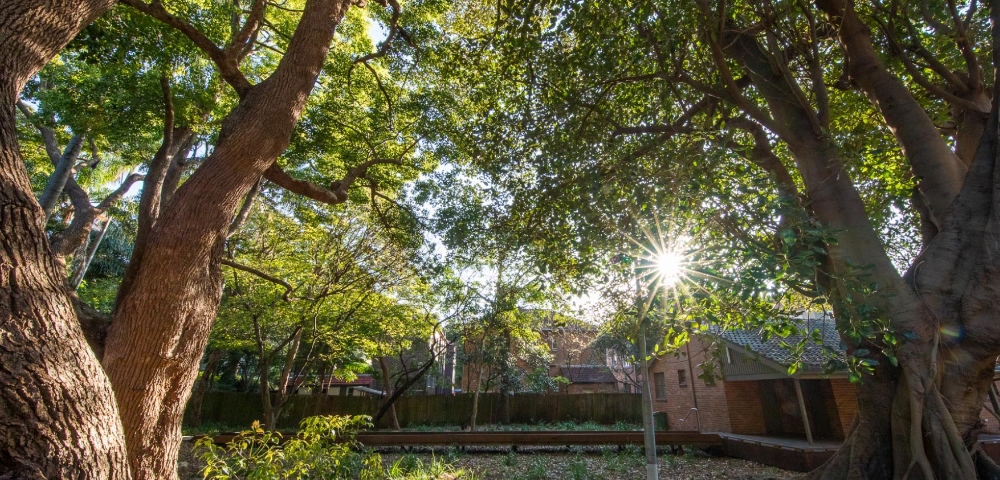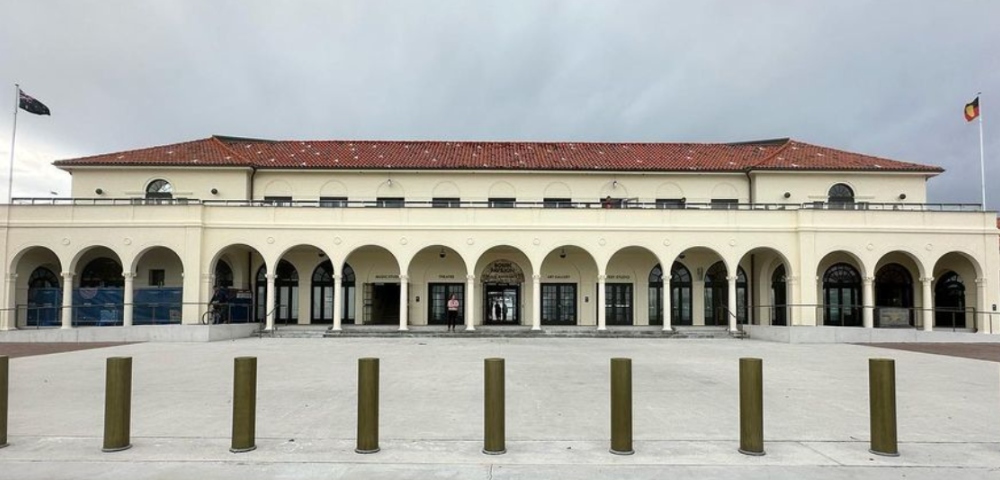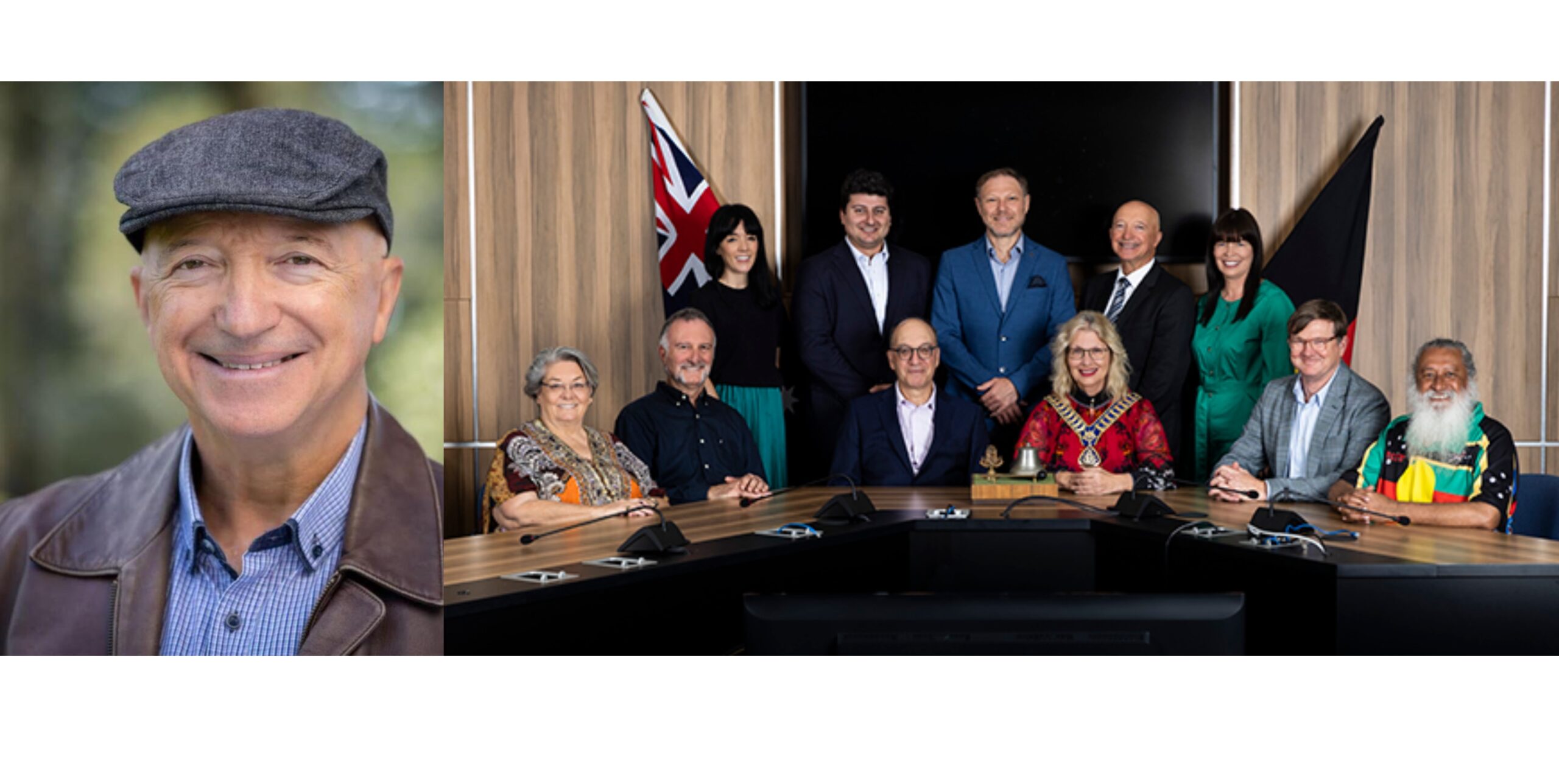
Pushing boundaries: why size matters

BY ALEC SMART
When you think of countries where local council boundaries are fragmented and their administrations centralized by government decree, when populations with disparate interests and economic ties are consolidated, often against their will, you would be forgiven for suspecting some sort of gerrymandering was taking place.
However, when the government that’s imposing these measures is facing the strongest resistance from colleagues in their own political party, including legal challenges and Court appearances, you begin to wonder the rationality behind persevering with the changes.
On May 12, 2016 the NSW Government announced the formation of 19 new “mega-councils” in NSW through the mergers of 42 existing municipalities, following recommendations in its Fit For The Future council amalgamation program.
A 20th council, Bayside, was formed through the fusing of Rockdale City and the City of Botany Bay. Yet despite the NSW Government announcing their consolidation proposals over a year ago, 11 are stalled, pending legal objections.
Five councils are fighting the mergers through the law courts, including Woollahra, Mosman, Lane Cove and North Sydney.
In the case of the proposed merger between Waverley, Woollahra and Randwick, Woollahra Municipal Council was granted leave on May 12 this year to appeal to the High Court against its forced amalgamation with its neighbours.
Randwick Council subsequently announced that it was also commencing legal action in an attempt to stop their merger with Waverley and Woollahra.
“Randwick Council’s position has consistently been that we are financially viable and strong enough to stand alone,” Randwick Mayor Noel D’Souza declared on May 17.
However, Phil Jenkyn, Spokesman for the Save Our Councils Coalition, a non-partisan group dedicated to ending the amalgamations, is sceptical that Woollahra’s legal challenge in the High Court will be resolved or even heard any time soon.
“It won’t be resolved before the September 2017 local government elections,” he said. “In any event, the judges are likely to reserve their decision until November or December.”
So where does this leave Waverley if two brides are holding out against the arranged marriage?
“Waverley’s position remains the same and has not changed,” said a Council spokesperson.
“Our first preference is to stand alone, but in the event that the State Government robustly and consistently implements council amalgamations, our next choice is to merge with Woollahra and Randwick Councils.”
Founded in 1859, Waverley District Council consists of four wards, Waverley, Bondi, Hunter and Lawson, represented by 12 elected councillors, who elect a mayor at the start of their four-year term.
The current sitting mayor is Councillor Sally Betts, and the next council election will be held on September 9, 2017.
Waverley was one of five local councils the Independent Local Government Review Panel announced in October 2013 could be merged to form a ‘global city’ council managing 500,000 residents, which would have united it with the whole of the eastern suburbs and Botany.
After an unsuccessful legal challenge from Botany in the Supreme Court in September 2016, Botany was absorbed into the new mega-council of Bayside, while the ‘global city’ merger was downscaled, leaving Waverley to unite with Woollahra and Randwick.
Waverley, with an estimated population of 73,000, spread over an area of nine square kilometres, is now set to be absorbed into a reduced, more centralised, Eastern Suburbs Council.
This new municipality would comprise 274,000 residents in an area covering 58 square kilometres, spanning the eastern suburbs from Dover Heights, Bondi, Coogee and Little Bay in the east to the eastern edge of Darlinghurst, Surry Hills and Eastlakes in the west; from Watsons Bay, Vaucluse, Point Piper and Darling Point in the north, to Port Botany, Phillip Bay and La Perouse in the south.
The amalgamation process outlined that each new council be appointed an Administrator, an Interim General Manager, and one or two Deputy General Managers, all selected by the NSW Government.
Phil Jenkyn, Spokesman for the Save Our Councils Coalition, outlines why they oppose the forced amalgamations: “The real reason for the Government’s forced council’s agenda is not to reform local government but to dominate it for the benefit of big developers and big business. Government is not really interested in reform; they’re interested in control.
“Woollahra and Randwick Councils are two successful councils that are both sustainable and efficient, and have been so found by IPART,” they said. IPART is the Independent Pricing and Regulatory Tribunal, which advised the NSW Government on its local government overhaul.
“The expert evidence both in Australia and overseas, which is supported by relevant material, shows that bigger councils are not better, they are more bureaucratic and less democratic, and not as well able to meet the needs and aspirations of local communities,” said the spokesperson.
Many think NSW Premier Gladys Berejiklian was handed a poisoned chalice when she was consigned to enforce the council amalgamation policy she inherited from her predecessor, Mike Baird, who resigned suddenly from politics in January 2017.
On February 17, following prolonged legal action by holdout councils and an extensive community backlash, Ms. Berejiklian announced that her government would drop six pending mergers in regional areas of NSW.
The backlash came in the form of voter dissatisfaction at the polls, with the National Country Party, the Liberal Party’s coalition partner, losing seats in local government elections in what was perceived as a public reaction against amalgamations.
Yet despite this resistance, Premier Gladys Berejiklian still insists that all existing Sydney council mergers will continue, despite halting the pending mergers in regional areas.
Perhaps a more effective solution to the forced amalgamations is the introduction of Joint Regional Authorities (JRA), an idea proposed by City of Ryde Mayor Councillor Bill Pickering.
Joint Regional Authorities would not dissolve council boundaries and merge electorates, but allow for neighbouring councils with shared interests and resources to create a region-based association, consisting of equal numbers of representative councillors from the districts concerned, to oversee initiatives and projects in their common interest.
“The JRA basically maintains council independence. This model is actually formed with the agreement of the councils involved,” said Councillor Pickering.
“The JRA consists of two representatives from each council working on collaborative measures, which could be anything from IT to preservation of historical buildings, environmental concerns, development processes and so forth,” he said.
“Once these things have been agreed to, they have to be agreed to by all parties – you just can’t opt in and opt out. So, you’re getting all of the benefits of a so-called amalgamated entity without losing the representation and independence.”









